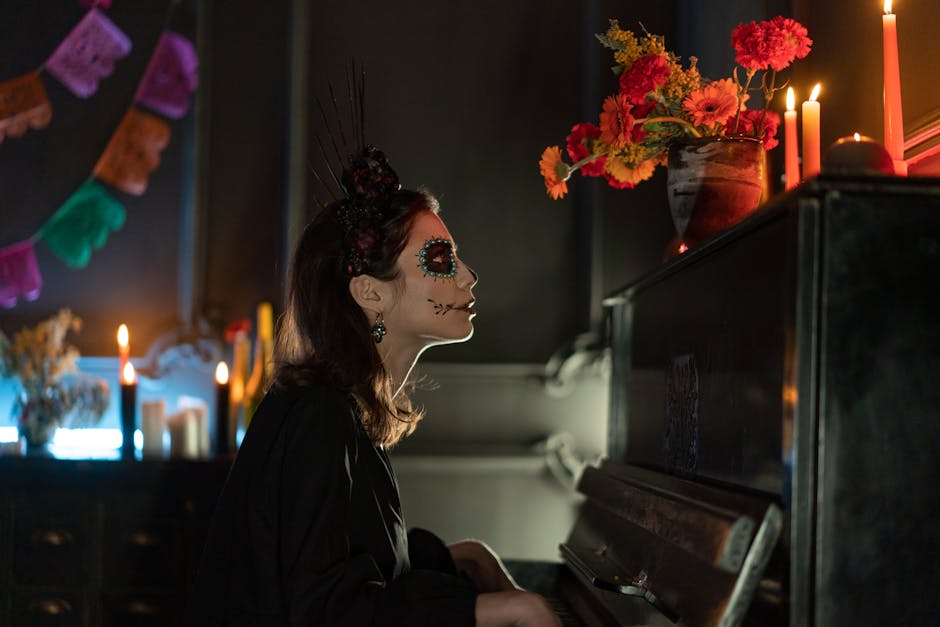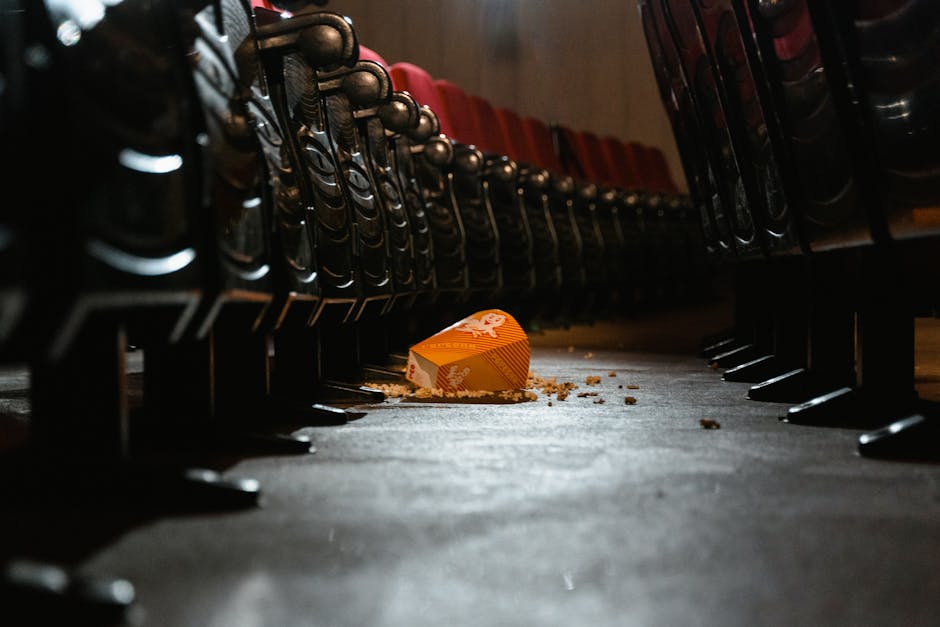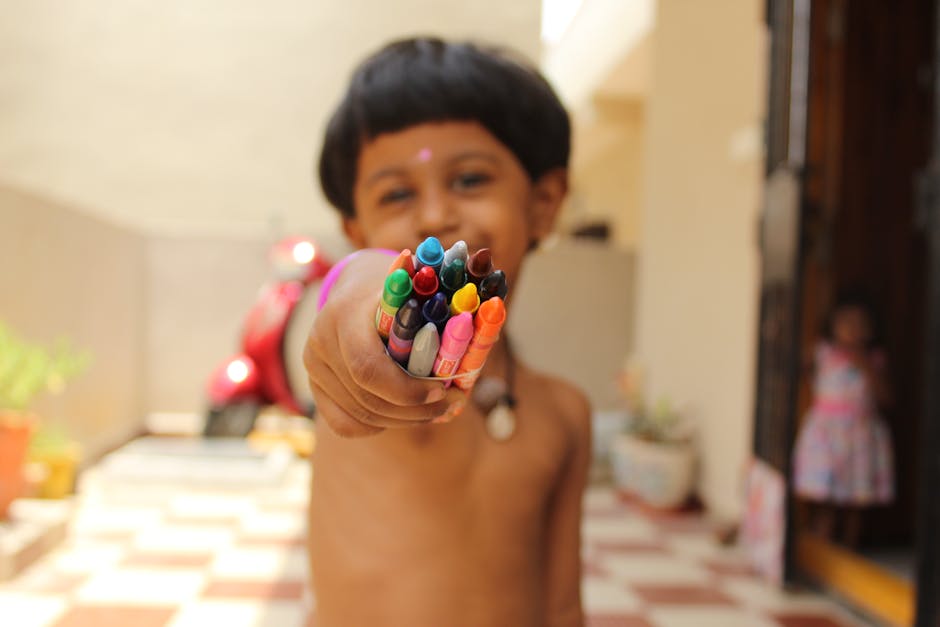Pomuch’s Unique Day of the Dead Ritual: Cleaning the Bones
In the small Mexican town of Pomuch, Campeche, Día de los Muertos (Day of the Dead) takes on a deeply personal form. While most of Mexico builds altars and leaves offerings, Pomuch’s families go further: they exhume their loved ones’ remains, carefully clean their bones, and reunite with them in an intimate ritual.
For outsiders, the practice might seem startling, but for locals, it’s a sacred tradition that bridges the gap between life and death.
The Ancient Maya Roots of Limpieza de Huesos
Pomuch’s Limpieza de Huesos (Cleaning of the Bones) dates back centuries, inherited from the region’s Maya ancestors. Unlike typical Mexican cemeteries, Pomuch’s burial sites feature above-ground crypts with wooden boxes holding skeletal remains.
Three years after burial, families exhume the bodies, wash the bones, and sun-dry them before placing them in hand-stitched cloth bundles or small caskets. Every year—especially during Día de los Muertos—relatives return to clean the bones again, decorate the crypts with marigolds, and share meals with the departed.
A Ritual of Love, Not Loss
For Pomuch’s residents, this practice isn’t about mourning but maintaining an unbroken bond.
“It’s an act of love,” says María López, who has cleaned her grandfather’s bones for over a decade. “We believe their spirits return, and we want their remains to welcome them.”
The process is meticulous: families use soft brushes to clean femurs, skulls, and ribs before wrapping them in fresh, embroidered cloths—some personalized with names and favorite colors. Crypts are adorned with flowers, candles, and photos, blending reverence with celebration.
Why Pomuch’s Tradition Stands Out
While most of Mexico marks Día de los Muertos with ofrendas (altars) and sugar skulls, Pomuch’s ritual is rare for its physical interaction with the dead. Anthropologists trace this to pre-Hispanic beliefs where death is cyclical, not final.
“Here, the dead are still part of daily life,” explains Dr. Ricardo Hernández, a cultural historian. “They’re not gone—they’re invited back, year after year.”
Tourism and Respecting Sacred Customs
In recent years, Pomuch’s tradition has drawn global attention, with visitors and photographers flocking to witness the ritual. Locals welcome curiosity but stress that this is a family rite, not a performance.
“We don’t do this for show,” says cemetery caretaker Jorge Méndez. “We do it to keep our loved ones close.”
A Lesson in Eternal Connection
As modern life distances many from ancestral customs, Pomuch’s Limpieza de Huesos offers a profound reminder: death doesn’t sever bonds. In this town, brushing dust from a skull isn’t morbid—it’s the ultimate act of remembrance.
This Día de los Muertos, as Pomuch’s families reopen crypts and whisper to bones, their message is clear: You are still with us.




